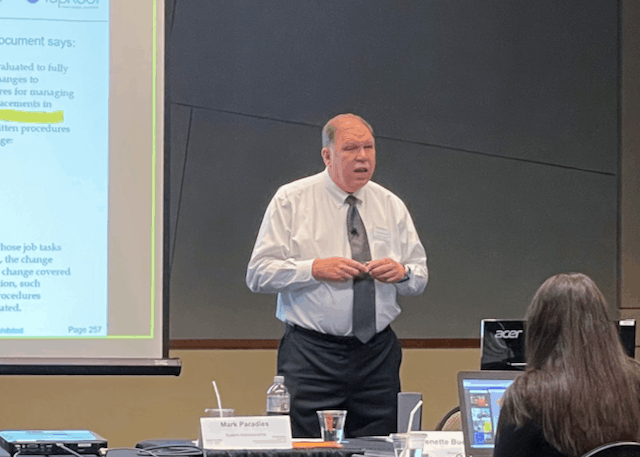Preventing Major Accidents
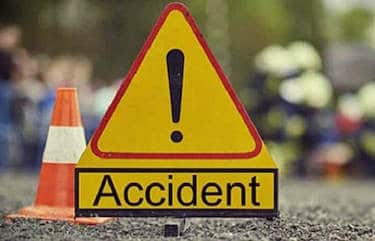
Preventing a Major Accident: Deepwater Horizon
First, here is a podcast about preventing major accidents focused on the Deepwater Horizon Accident…
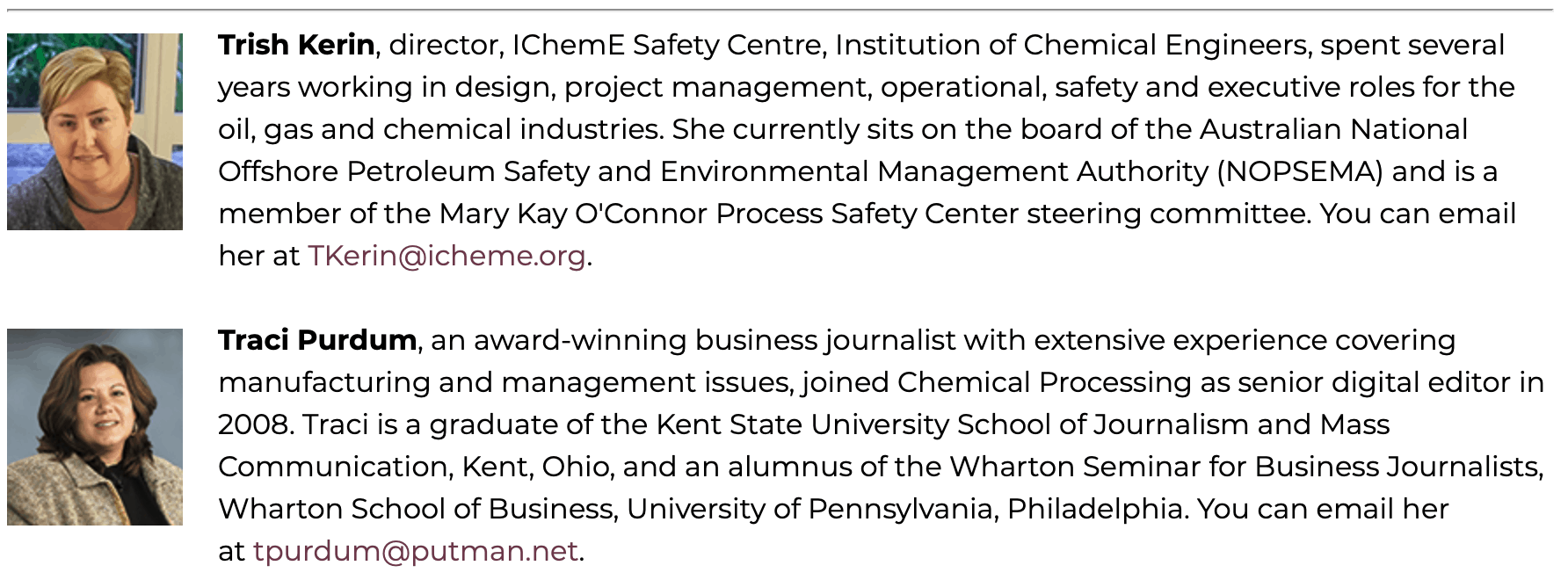
The basic question that Trish and Traci discuss is:
Could previous incidents be learned from and
could that knowledge prevent this major accident?
Then they get into the complexity of decision making but they don’t mention…
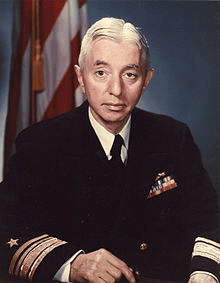
Or, as Admiral Rickover would have said, Facing the Facts.
Trish and Traci also discussed hindsight bias when learning from an accident and the psychology of decision-making.
The Answer to the Question: Could Deepwater Horizon Accident Have Been Prevented?
Let’s start with the answer to the first question –
Could the Deepwater Horizon accident have been prevented?
Of course, the answer is YES!
There were many Causal Factors, any one of which if were handled differently would have stopped the accident from occurring.
There were several prior incidents/accidents that, if they had been properly analyzed (advanced root cause analysis) and if the lessons were shared and effective corrective actions were implemented, the Deepwater Horizon accident would not have happened.
Almost every major accident has precursor incidents that could have been learned from and could have caused corrective actions to be implemented that would have prevented the follow-on major accident.

Above is a diagram of a precursor incident that was just one failed Safeguard away from a major accident. If the source of the energy or the target could be removed the major accident be prevented. Also, strengthening the two failed Safeguards might cause them to successfully prevent a future accident. Or an additional, stronger Safeguard could be added.
By learning from precursor incidents (removing energy sources or targets or strengthening Safeguards), companies can prevent major accidents. But without advanced root cause analysis, many companies don’t learn the lessons they should and don’t implement the corrective actions they need to prevent the major accident. All of these are ways to prevent major accidents.
A company needs to develop ways to identify which incidents are precursors to major accidents so they can investigate them, learn, and implement effective fixes to prevent major accidents.
The incident in the video below is obviously a precursor incident…
Luck seemed to be the only successful Safeguard that kept the employee with his back turned safe. Hot steel was just a couple of feet away from killing him.
In the Deepwater Horizon Accident, part of learning from the precursor incidents should have been discovering that senior management needed to practice conservative decision-making (facing the facts) to reduce risk and prevent accidents. If they had learned this from any of a number of previous precursor incidents or the BP Texas City Refinery explosion (a major accident), they could have prevented the blowout, explosion, fatalities, and spill.
Conservative Decision Making
One of the main, overriding generic causes of the Deepwater Horizon accident was the lack of Conservative Decision Making. In our Stopping Human Error Course (CLICK HERE for the next scheduled course date and location), we provide discussions about Conservative Decision Making and how lack of it can cause accidents. We also provide an exercise to evaluate an accident and show how a lack of Conservative Decision Making led to a serious fire at a refinery.
Learn to Stop Accidents With Conservative Decision Making
You can learn to stop major accidents without having precursor incidents.
How? By applying techniques that stop human errors, including bad decisions by management. For instance, how to apply conservative decision-making.
Would you like to learn more about conservative decision-making and stopping human errors? Then you should look into the details of our Stopping Human Error Course. See:
Course Description – Stopping Human Error
Or watch this video of Mark Paradies and Benna Hughes discussing the book, Stopping Human Error, and developing a human performance improvement program…
If you are interested in improving human performance, you should REGISTER for the Stopping Human Error Course and learn a variety of methods to stop human error, and then develop a custom plan to improve human performance at your facility.
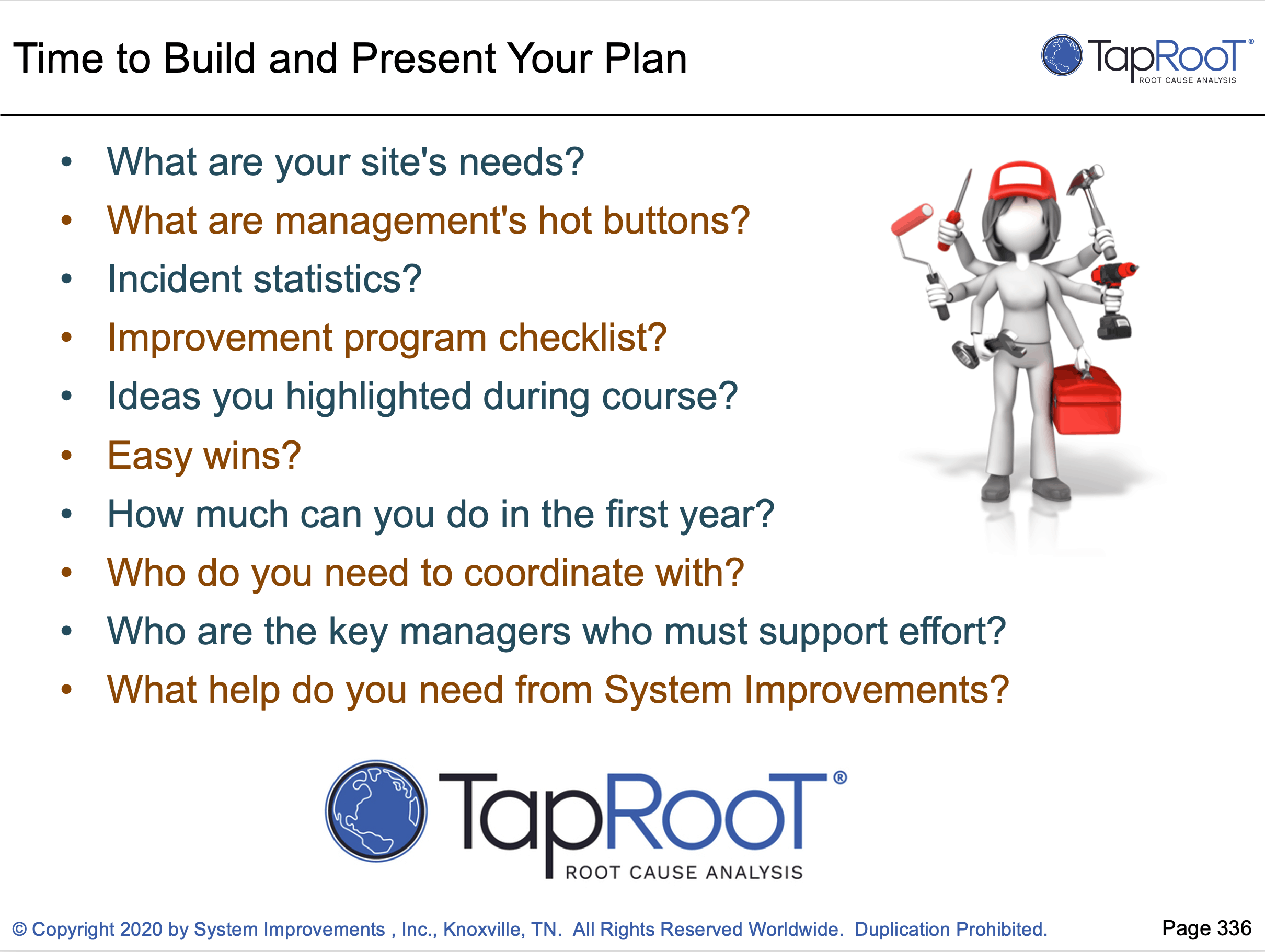
The slide above is from the course and helps you consider what needs to be in your plan.
Learn Advanced Root Cause Analysis

One other necessary tool that you need to prevent hindsight bias is to apply advanced root cause analysis (TapRooT® RCA) when analyzing incidents and accidents. TapRooT® RCA guides you through the investigation and has subtle techniques that help you avoid hindsight bias.
To get a complete understanding of the TapRooT® Root Cause Analysis System, you should attend our 5-Day TapRooT® Advanced Root Cause Analysis Team Leader Training. We have public courses coming up around the world. To see the dates and locations, CLICK HERE. Or CONTACT US for a quote to hold a course at your site.
Register NOW!
Don’t wait to register for the Stopping Human Error Course and the 5-Day TapRooT® Advanced Root Cause Analysis Team Leader Training. You need the tools and ideas presented in these courses to help you prevent major accidents.
